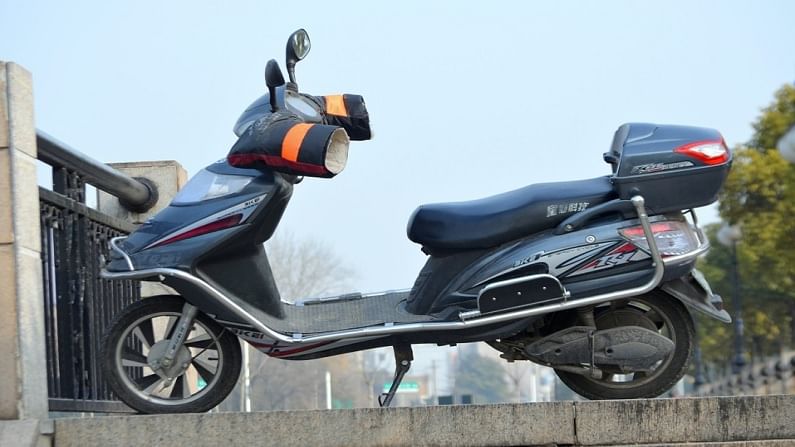E-Bike insurance: All you need to know
You can broadly choose from two types of insurance plans for electric bikes. These are comprehensive and third-party insurance plans.

The demand for electric two-wheelers is increasing in India. As fuel prices are rising constantly, a large number of people are showing interest towards electric two-wheelers. The electric two-wheeler market in India is expected to grow fast and could account for nearly 10% of the overall two-wheeler sales in India in the next two to three years. However, there is no specific rule or guideline for low-speed electric scooter insurance. It is exempted from insurance obligations. However, high speed e-bikes available in the market need to be insured as per law.
Types
You can broadly choose from two types of insurance plans for electric bikes. These are comprehensive and third-party insurance plans. Here’s a quick look.
Comprehensive two-wheeler insurance: This type of plan covers you, your vehicle and damages incurred to any third party in case of accidents, loss or theft.
Third-party insurance plan: This type of plan covers you against legal liability for injury or death or property damage caused to any third party. This third-party insurance plan is mandatory by law to be able to drive high-speed electric two wheeler in India.
Benefits
The low-powered electric scooters in India don’t even need to have insurance. However, one should insure his or her e-bike. Because insurance gives peace of mind. For example, it can be financially protected against losses if insured.
In case your vehicle is damaged, lost, or broken, your insurance provider will take care of it. Not only that, if you buy a comprehensive policy in case of a personal accident, you will be covered.
Exclusions
There are some exclusions that are not available in an electric bike insurance plan. These exclusions include:
– Regular wear and tear of the insured vehicle as a result of normal usage.
– Electrical or mechanical breakdown of one’s insured vehicle that occurs naturally.
– Any damage or accident that was the result of driving under the influence of intoxicants or speeding.
Last word
If you are planning to buy an electric two-wheeler insurance policy, it is beneficial to compare various options available. Check the inclusions, exclusions, add-on covers, benefits, premium payment channels, and more. Doing so will help you reduce your premium.